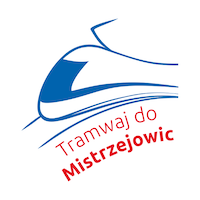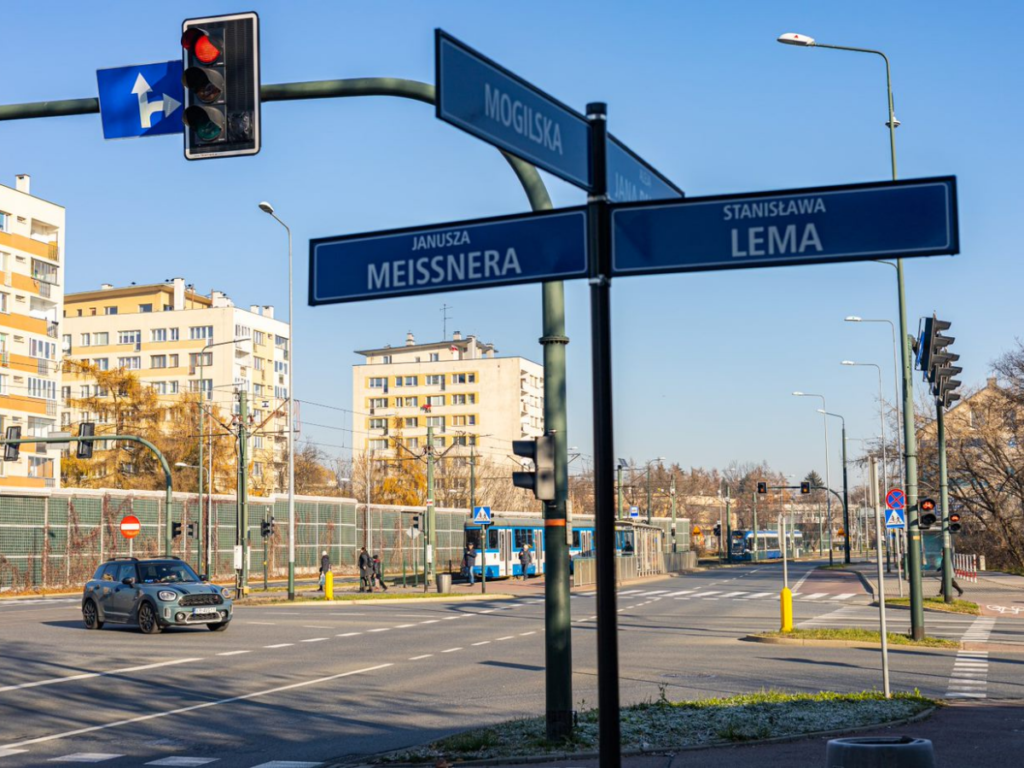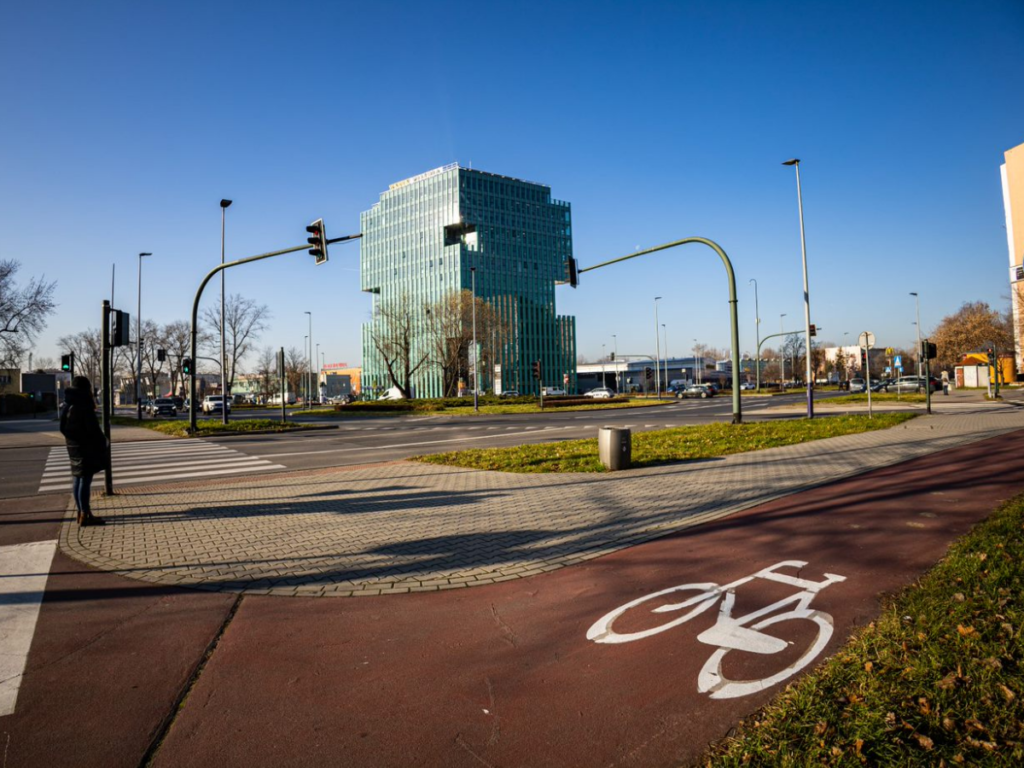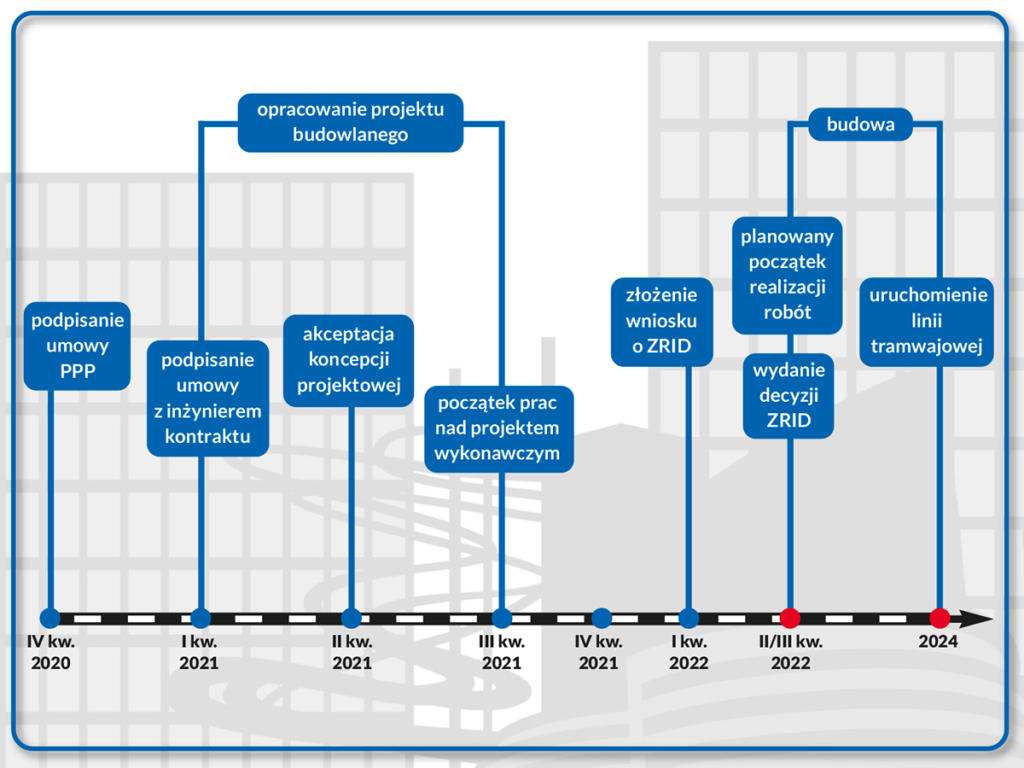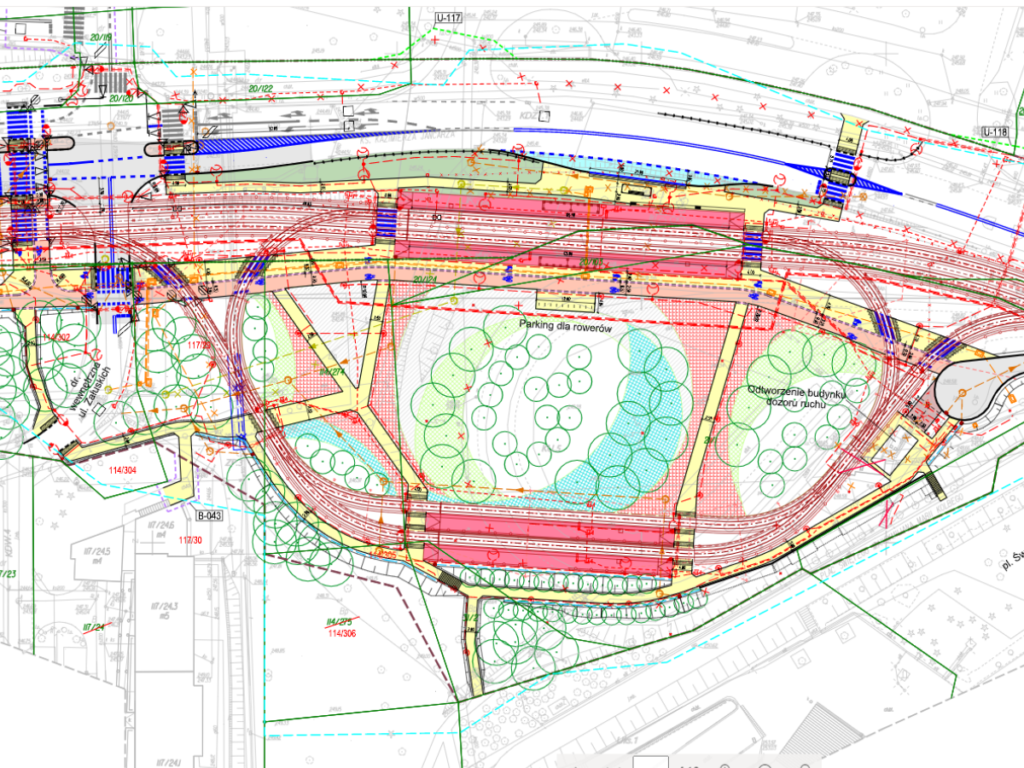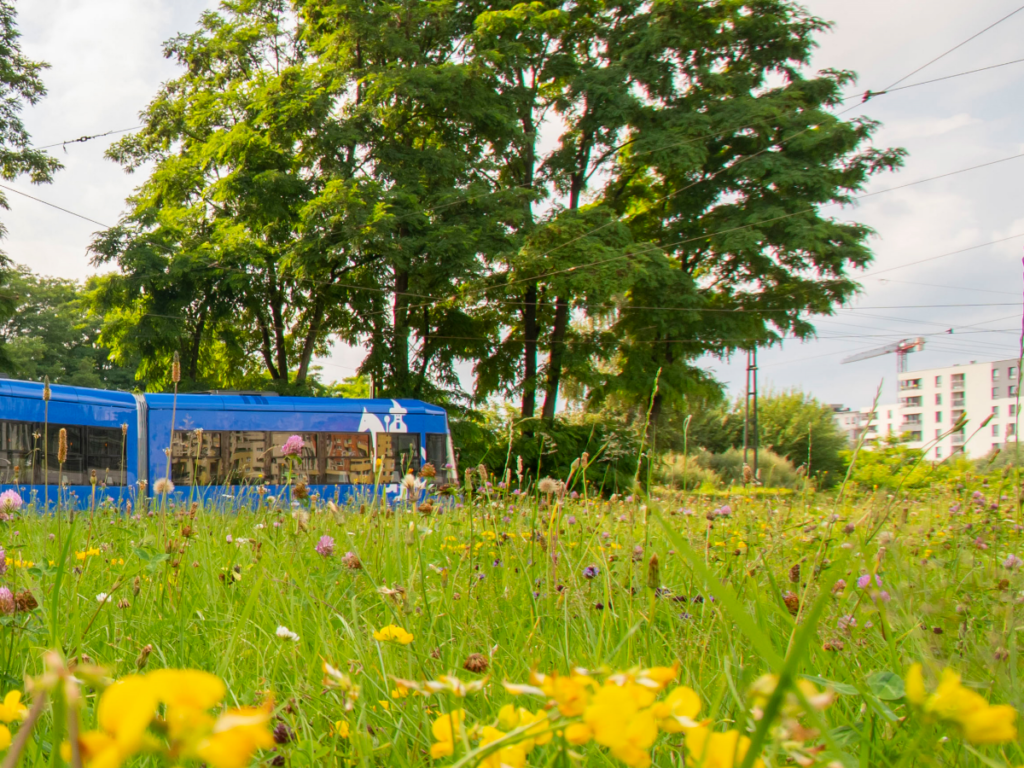Fewer noise barriers, more greenery – these design changes respond to the needs voiced by Kraków’s residents. The ideas include limited traffic on Meissnera Street, electrified bus fleet or the use of a noise-reducing surface.
The tram route to Mistrzejowice is built to facilitate commuting for the residents and to align the space along it to the needs of the local community. This is a major challenge for designers who seek trade-offs to satisfy all users of the new infrastructure.
Tramway to Mistrzejowice – the residents’ voices are heard
Protection against noise is a key aspect of any transport investment yet the construction of noise barriers triggers heated discussions. Having listened to the neighbors of the planned tram route to Mistrzejowice, the investment partners decided to analyze possible changes to the design meant to reduce the noise along Meissnera and Młyńska Streets. A preliminary analysis revealed that the number of noise barriers can be reduced along the investment provided the traffic is limited to a single lane in each direction, the bus fleet is electrified and noise-reducing surface is applied – says Paweł Motyka, Deputy Project Manager at Gülermak. With these changes in place, several dozen trees will be saved that had been originally intended for logging due to a collision with the planned infrastructure. – From day one, we kept repeating the investment would be as friendly to the residents as possible and would not excessively interfere in the public space – says Marcin Hanczakowski, Director of Kraków Municipal Road Authority (ZDMK).
An analysis is currently underway of how the initiated design changes will affect the costs and schedule of the investment which was planned for completion at the end of 2024.
